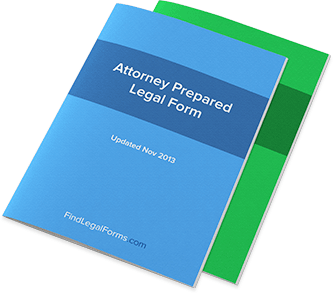Understanding Child Custody in the United States
The United Nations Convention on Rights of the Child made sure to include provisions on divorce and guardianship, because these issues certainly come up as a result of legal entanglements between parents all across the world. Because the child unnecessarily finds him or herself caught up in the middle of these entanglements, the legal system of the United States makes sure that there are certain provisions made to look out for the needs of the child - and these needs often center around questions of custody, visitation, and alimony payments. So what exactly does child custody mean in the United States? Well, it typically applies to a couple of principles: who generally looks out for the welfare of the child (including where the child lives), and which spouse generally has to use visitation rights in order to check in on the child and spend time with them. These rules are generally handled on a case-to-case basis, but the underlying principle is that the needs of the child must be met in some way. What types of arrangements are typically made for custody of the child? There are a number of them, with perhaps the most well-known being what’s called “joint custody,” in which the time spent with the child is evenly split between the two divorcing parents. Joint custody typically means that both parents are “custodial” parents, giving them equal rights in helping to make decisions for the welfare of the child. There are, however, some separations made: in many states, there is a distinction between joint physical custody of the child, and joint legal custody. Joint physical custody can refer to visitation rights and which parent is taking care of the child and sheltering them at which times. Joint legal custody refers more to the legal authorities of the parents. Many times, joint custody will grant both types of custodies to both parents, but separations can be made depending on the individual circumstances of a divorce. When there is joint physical custody of the child, the parents will typically agree to a “parenting schedule,” which often splits the time of the child into the car of either parent depending on what day or week it is. Again, these schedules can be highly variant depending on individual cases. There are other types of custody available, such as sole physical custody of a child, which is essentially granted to one parent in order to give the child one place to live. This is another frequent arrangement, but will usually require that the other parent of the child make child support payments and have restricted visitation rights that are regulated by the court. This arrangement can be difficult for a child, as their life won’t include both parents as much, but can at least give the child a singular place to live. Clearly one of the great difficulties of divorce is how to best handle the rearing of the child, and this is one area where it is clear the law is not fully settled upon. There is no great way to raise a child when the parents are fighting or standoffish with each other, and this is just one of many problems that results after a divorce.

